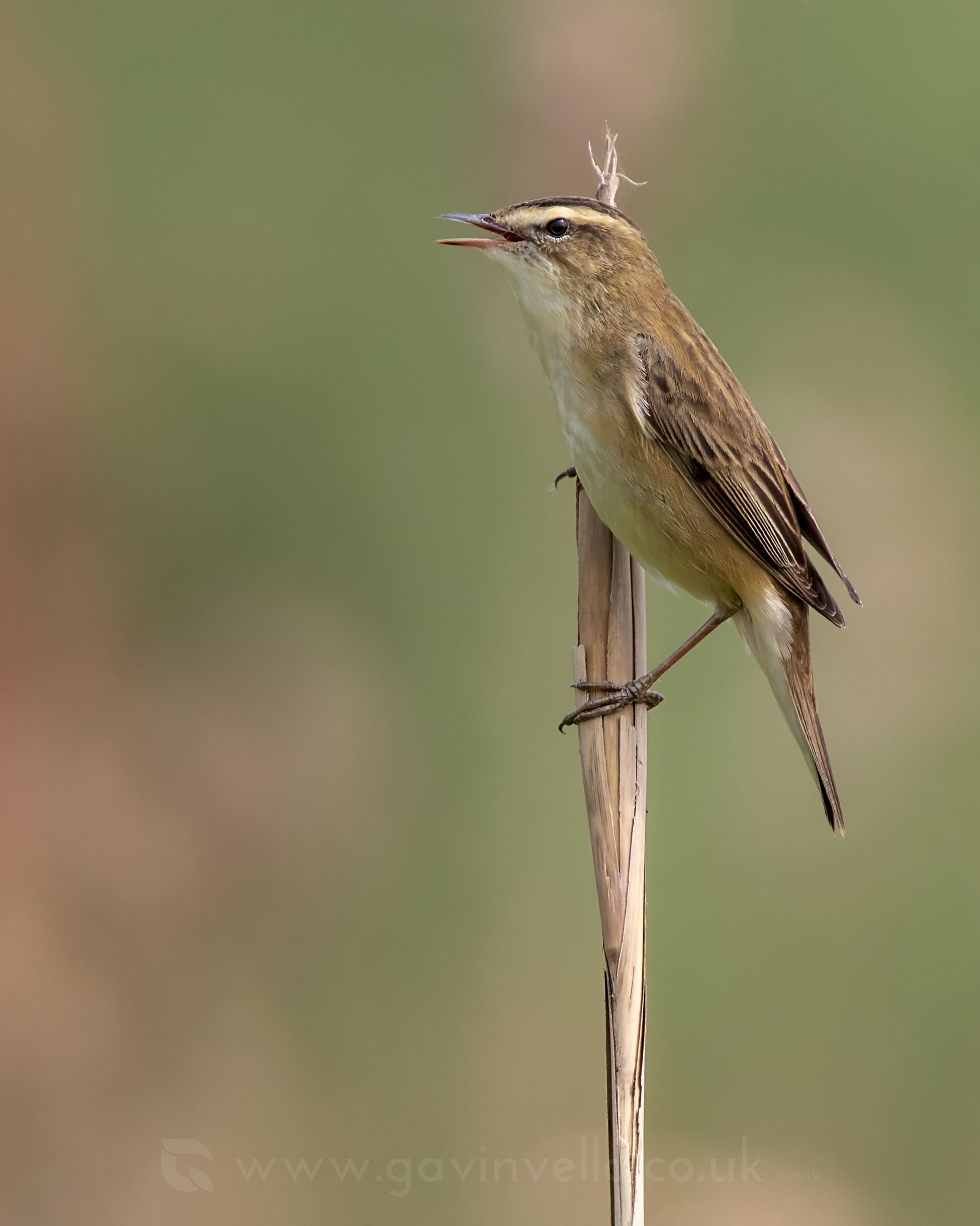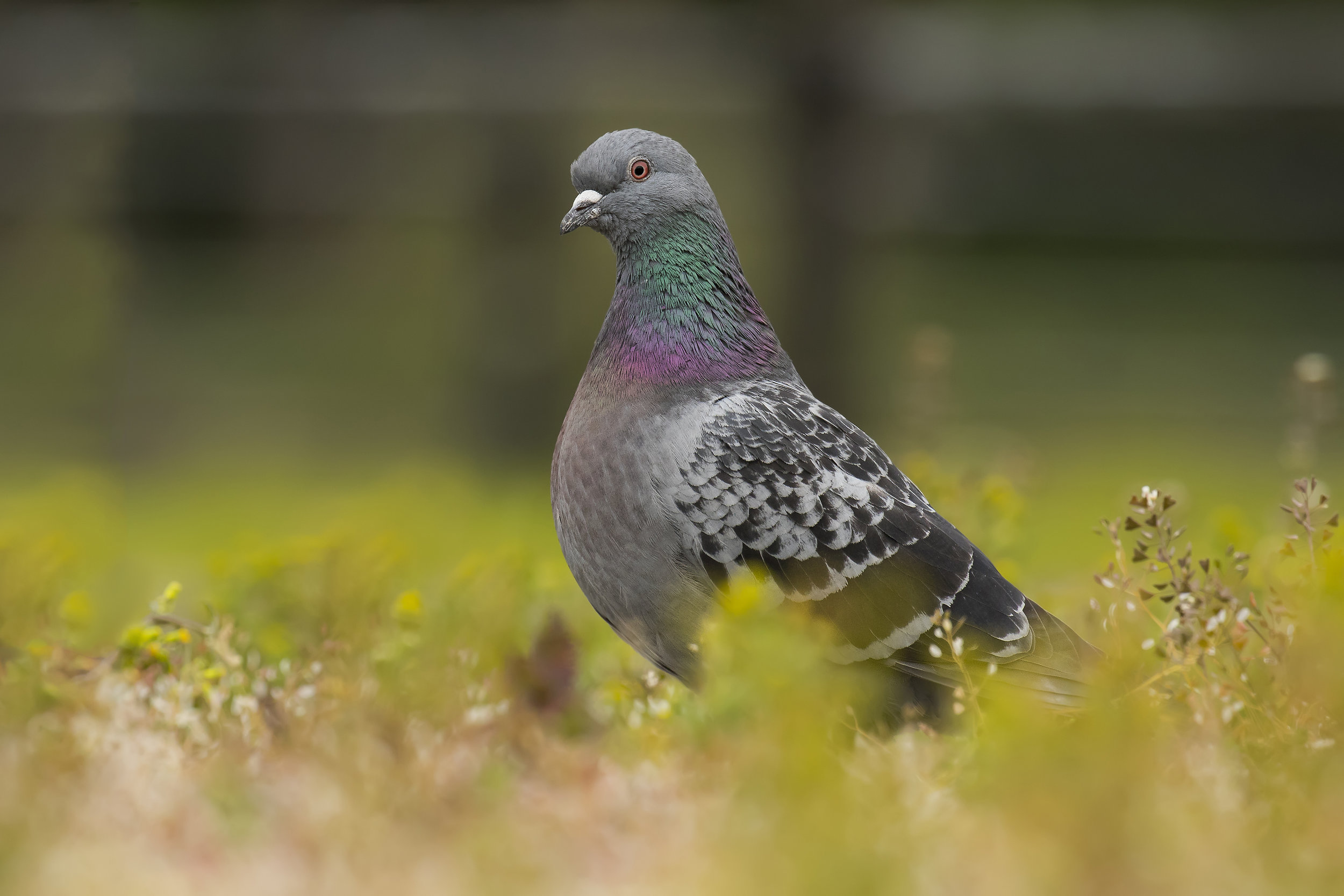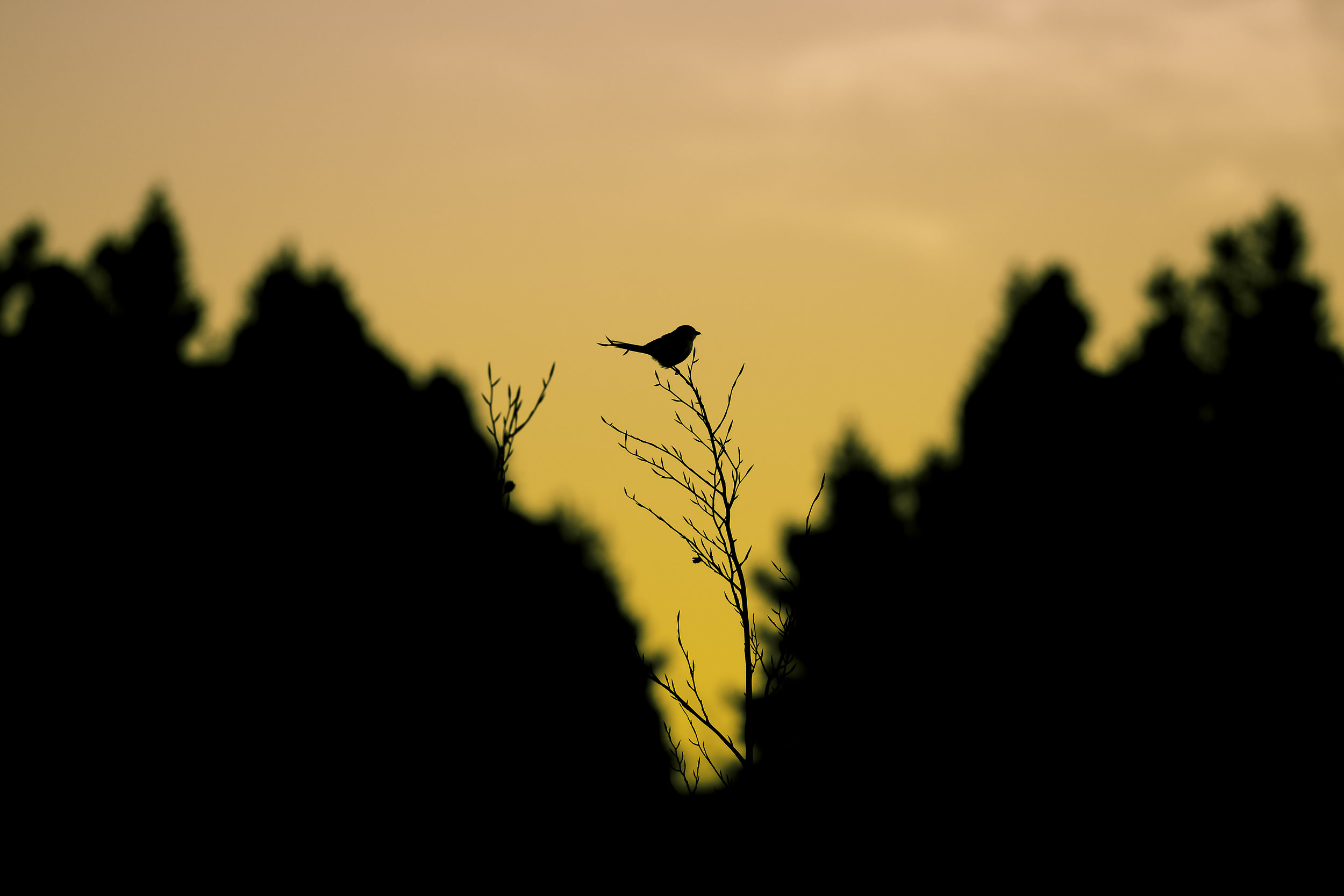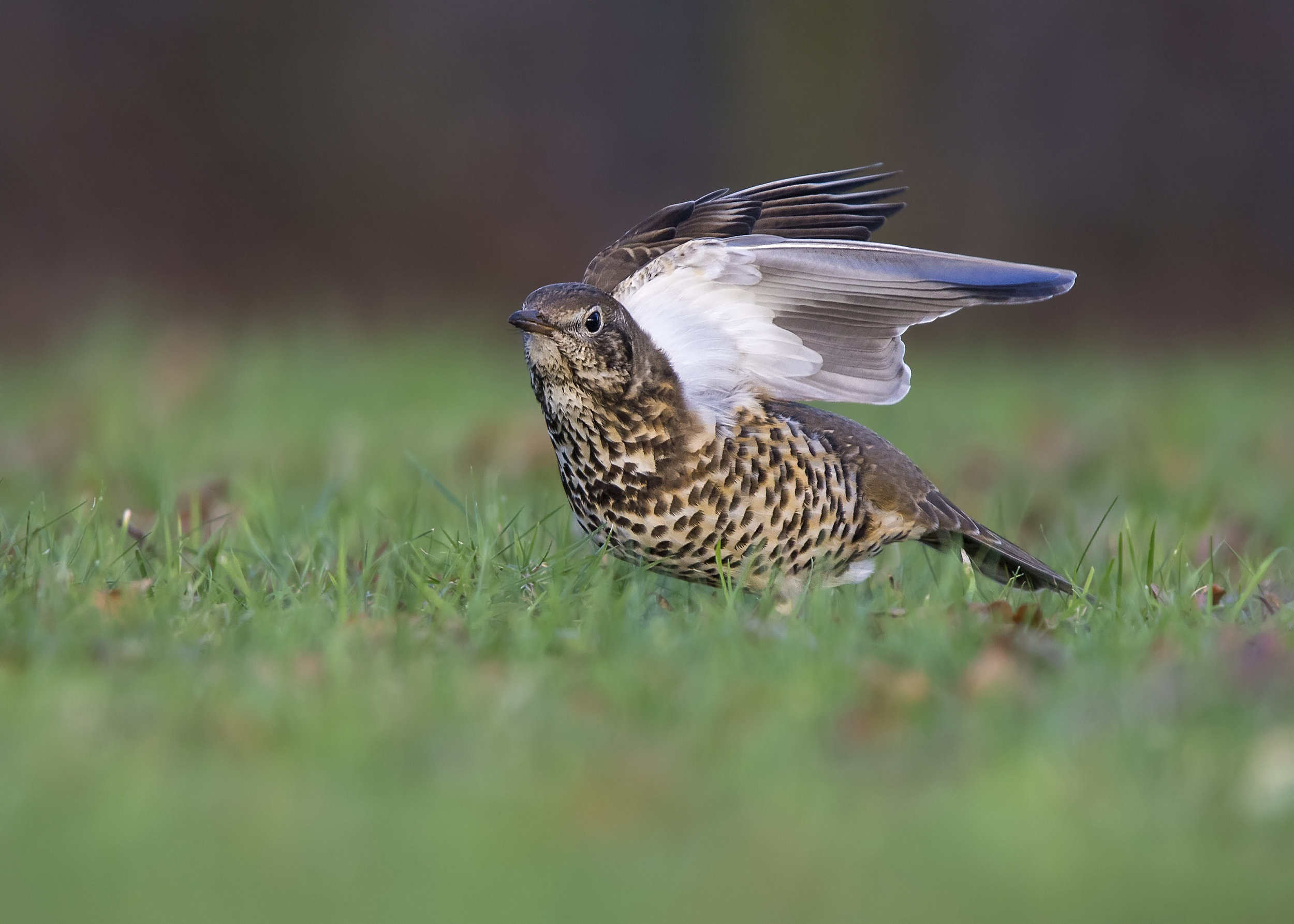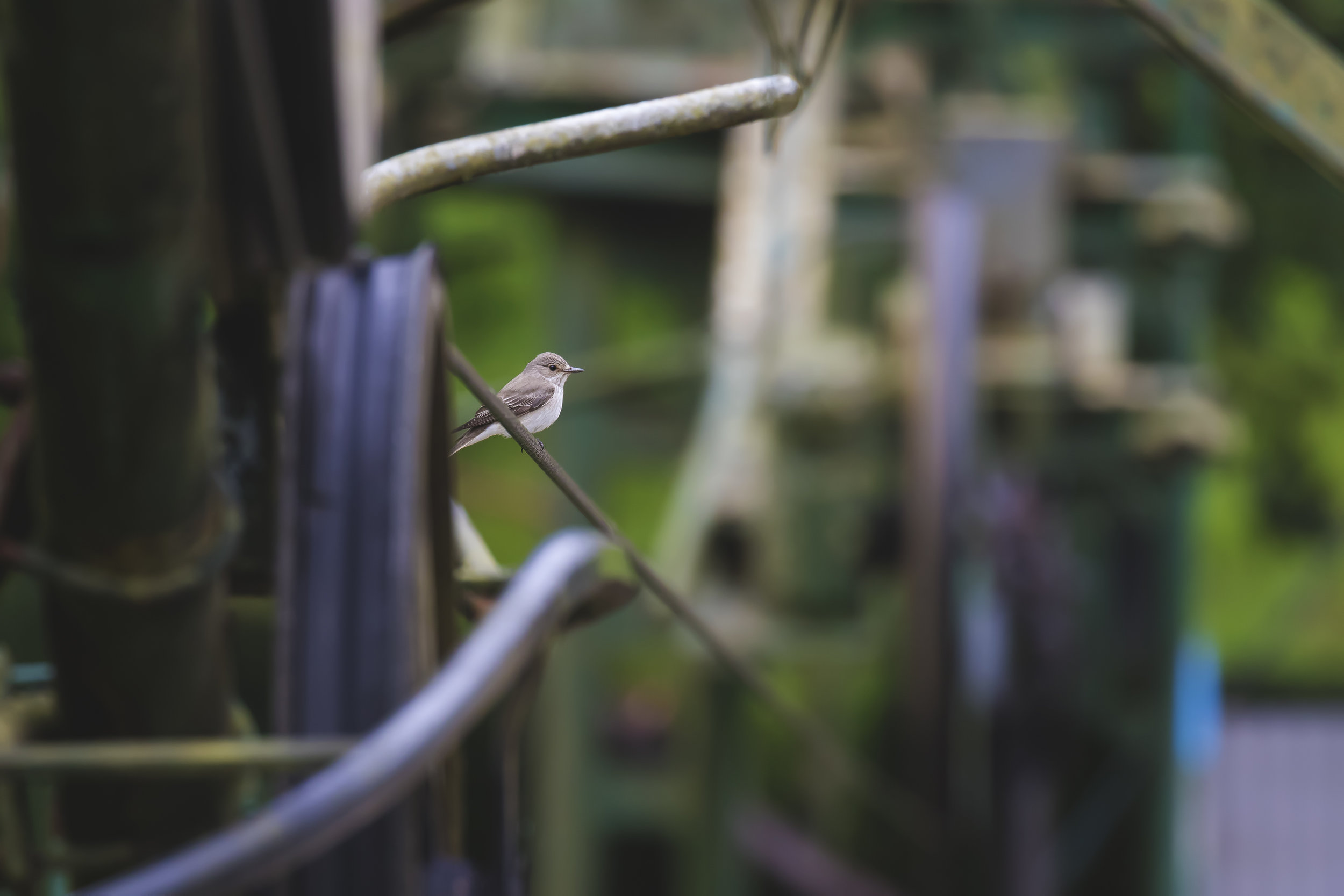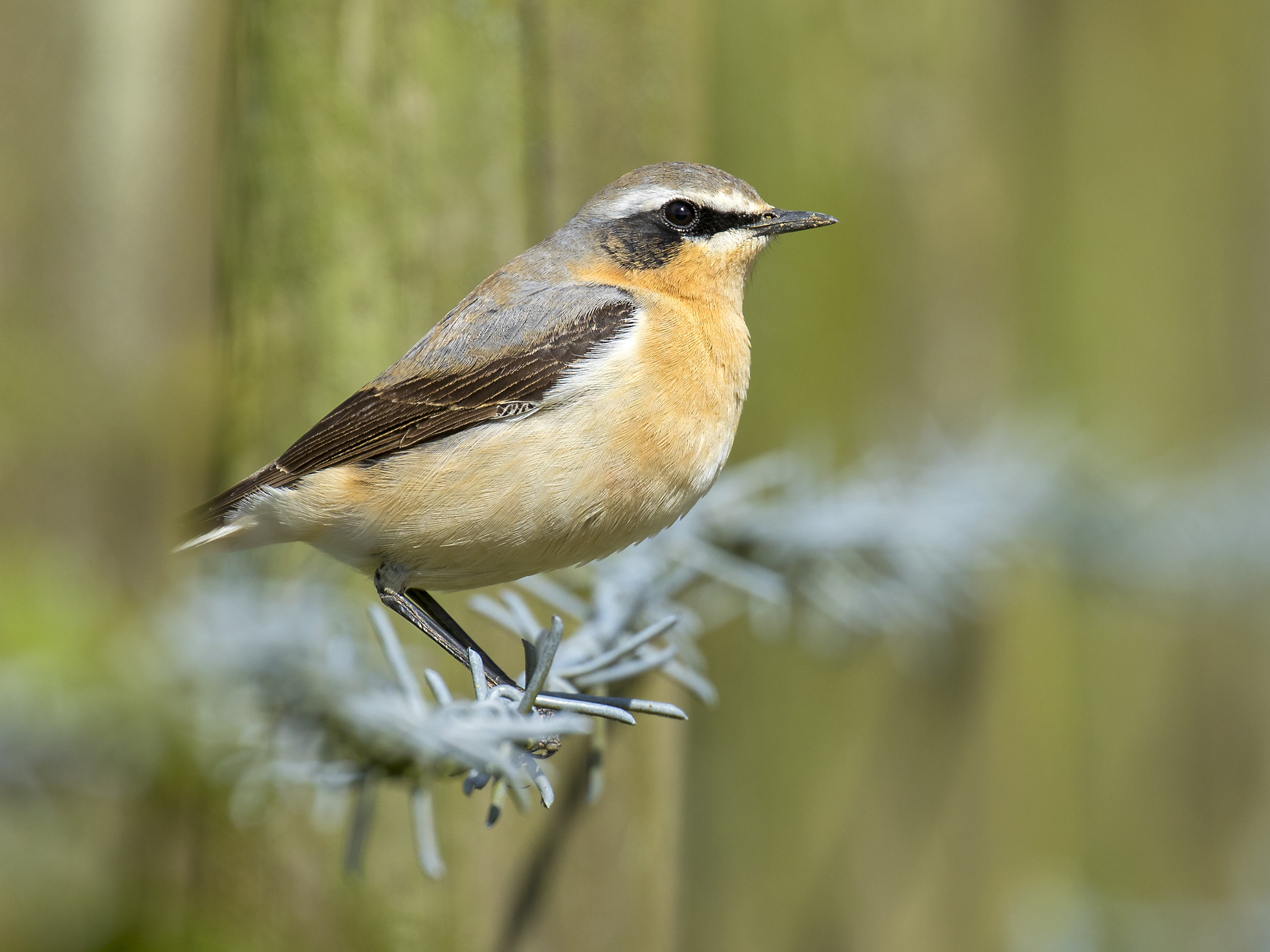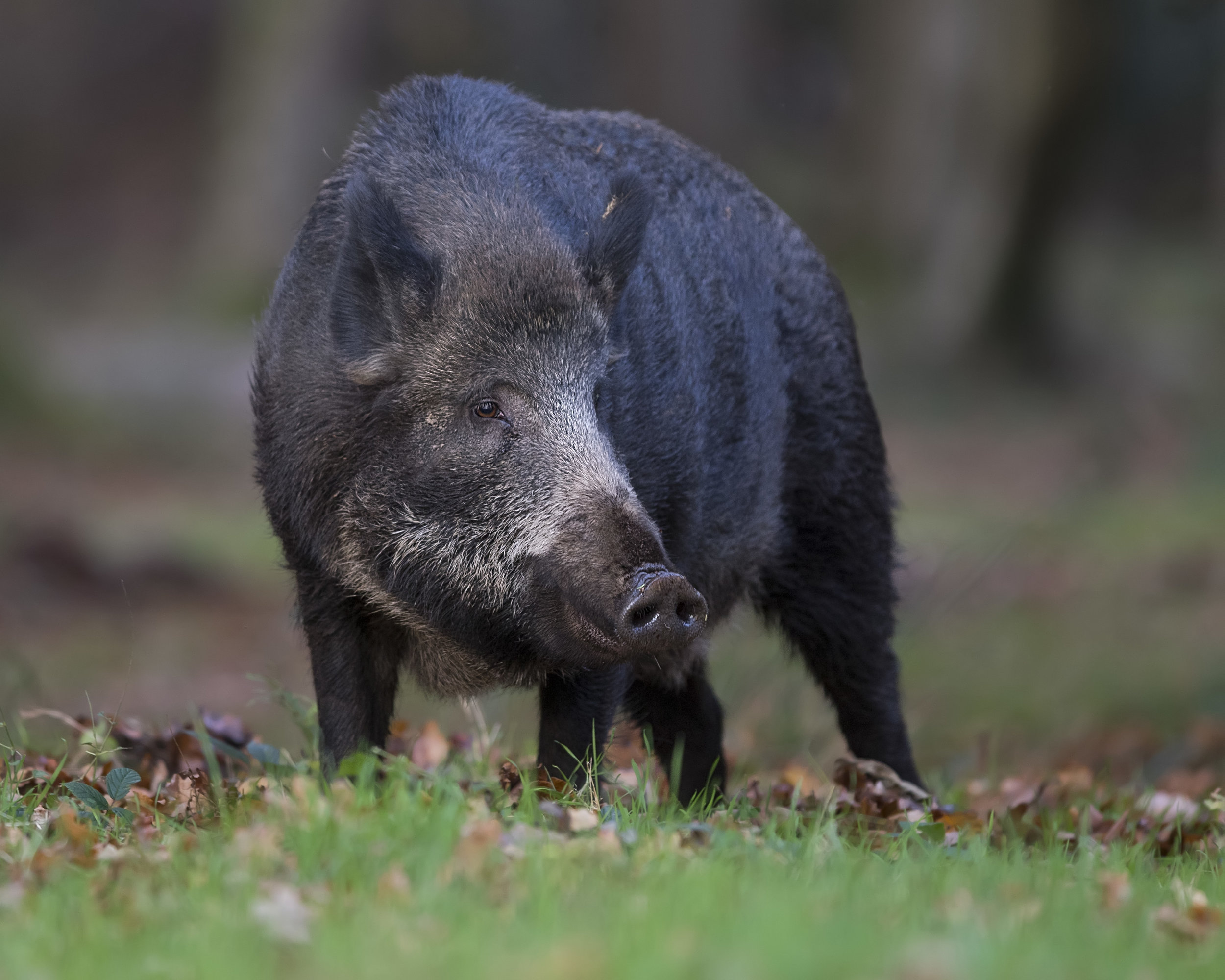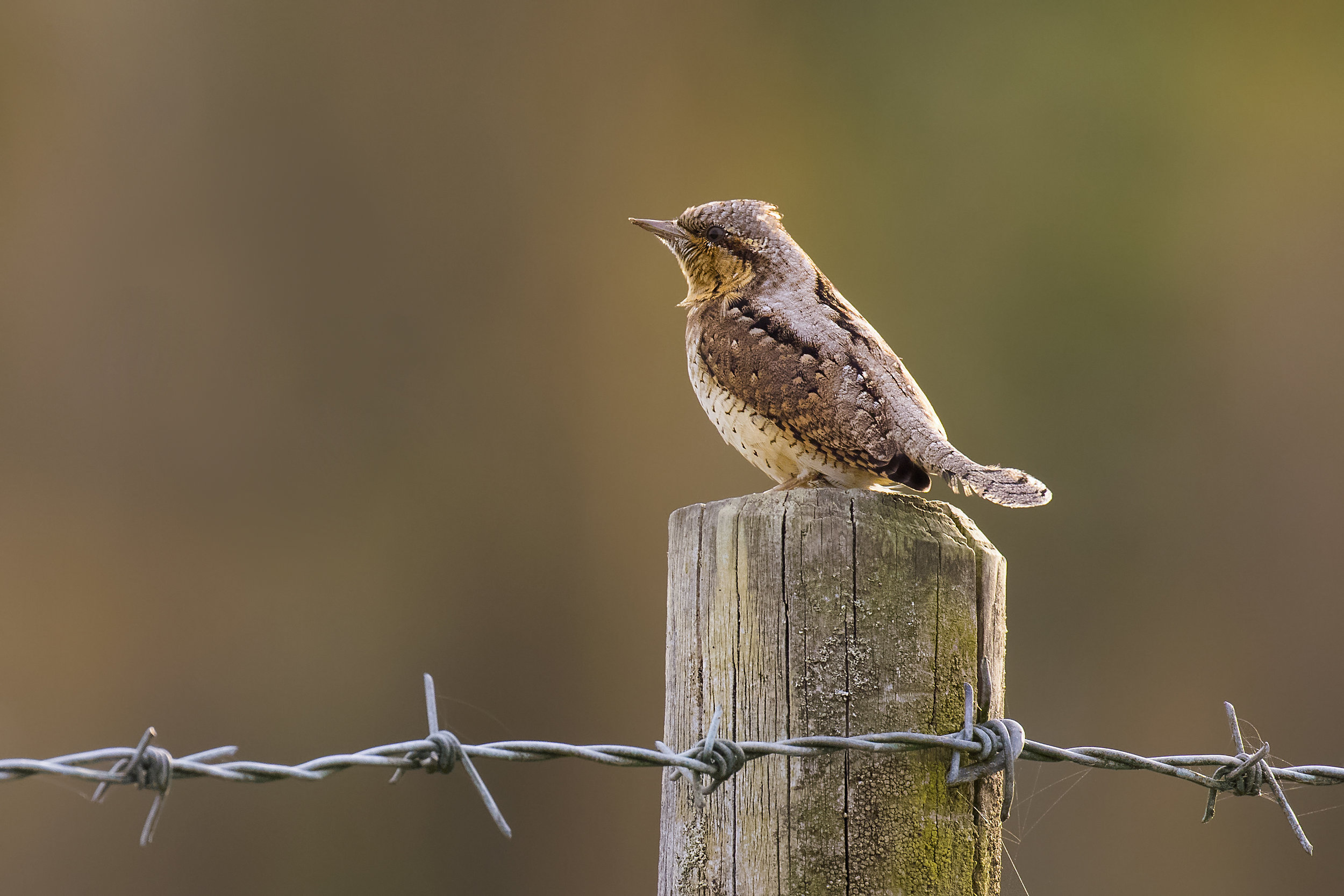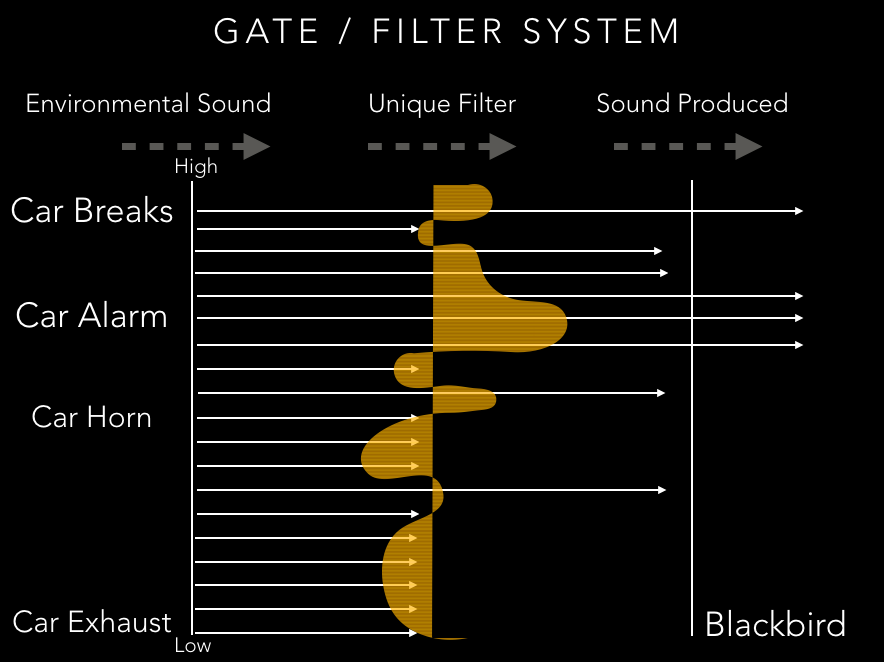Wifi has been down for a week so I’ve got lots go catch you up on. I’ll start with some beautiful woodland Frogs amongst the Bluebells which doesn’t seem significant but I look forward to finding them every year in this wood. Any excuse to use the macro lens and to include flora in my images. It looks like it’s going to be a good year for bluebells. I’ve even seeing them high on the moors, which seems unusual.. certainly not something I’ve ever noticed before. I just always associated them with woodland but I guess that’s because everything else is intensely farmed..
While I’m on the uplands, it was pretty special bumping into not 1 but 2 Ring Ouzel in an undisclosed location. We’re at the start of the breeding season for these birds now so it will be interesting to see whether they stick around or if they continue on their migration.
Ring Ouzel
Other notable images from my weeks adventures were mostly bugs. Mating Green Tiger Beetles was a first but Hairy Shieldbug and a Common Crab Spider posed well. The shieldbug image is a 3 image stack, which enabled me to keep a soft background while using the 3 images to pull focus on various parts of the shield-bug in order to get it all in focus.
If you enjoy my mimicking recordings, this one might be a new one for you. It certainly was for me! Siskin have a complex song, but I've always found them pretty easy to identify, therefor didn’t really give them much attention. I don’t know whether it’s just this individual or whether they all do this, but this Siskin could mimic a Blackbird alarm call, a Magpie contact call and a Green Woodpecker call, all mixed into its own song.
It was a real windy day and recording thru numerous branches but you can still hear it if you listen carefully. I’ll revisit this bird on a clearer day to get some better quality recordings. What I love about mimicking birds is, it reminds me that all birds are total individuals, capable of making their own choices.





















